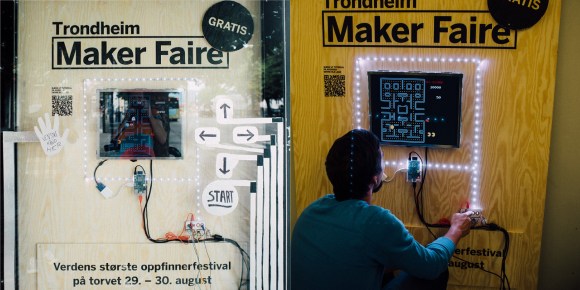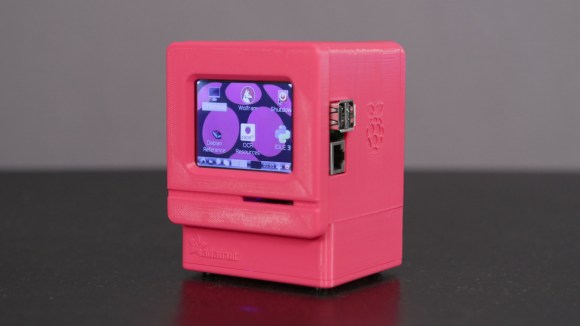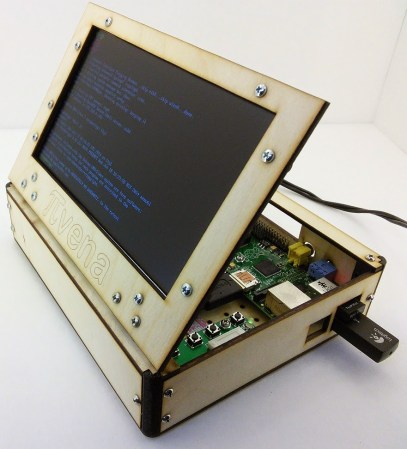
Waiting for the bus can be drag. You never know exactly when it will come, always looking down the road hoping to spot the vehicle as it turns a corner. When it doesn’t show up right away, the result is usually staring down at a ‘smart’ phone checking it for any incoming messages. Directing the attention up might produce a list of estimated arrival times and maybe even a map showing the routes that are taken throughout the day. But there is only one bus stop in the entire world, that we know of, where people can play Pac-Man while they watch for the bus to arrive.
It was created by the combining efforts of two maker communities in town. Norwegian Creations and Trondheim Makers teamed up to build an interactive gaming display that gave individuals the ability to pass the time by directing the famous video gaming character around a blue maze, eating yellow pellets and avoiding colorful ghosts along the way. This display was also made to raise awareness for the upcoming Trondheim Maker Faire that year. They choose Pac-Man as the foundation and integrated a slightly modified invention kit called Makey Makey with a Raspberry Pi running RetroPie into the actual frame of the bus stop. The people involved must have had some serious business connections in order to get approval for that. They figuratively hacked into the bus stop’s power grid gaining the necessary 230 volts required to energize the custom gaming unit. Once hooked up, anyone standing by could play Pac-Man until the bus came. [Ragnar] at Norwegian Creations told us in an email that future ideas of theirs include syncing up several stops that can communicate with each other, which could lead to some great multiplayer interactions. They also have a fantastic video that they uploaded that shows the building process of their current design. Check that out below, and let us know what other types of games you would like to see at a bus stop near you.
















